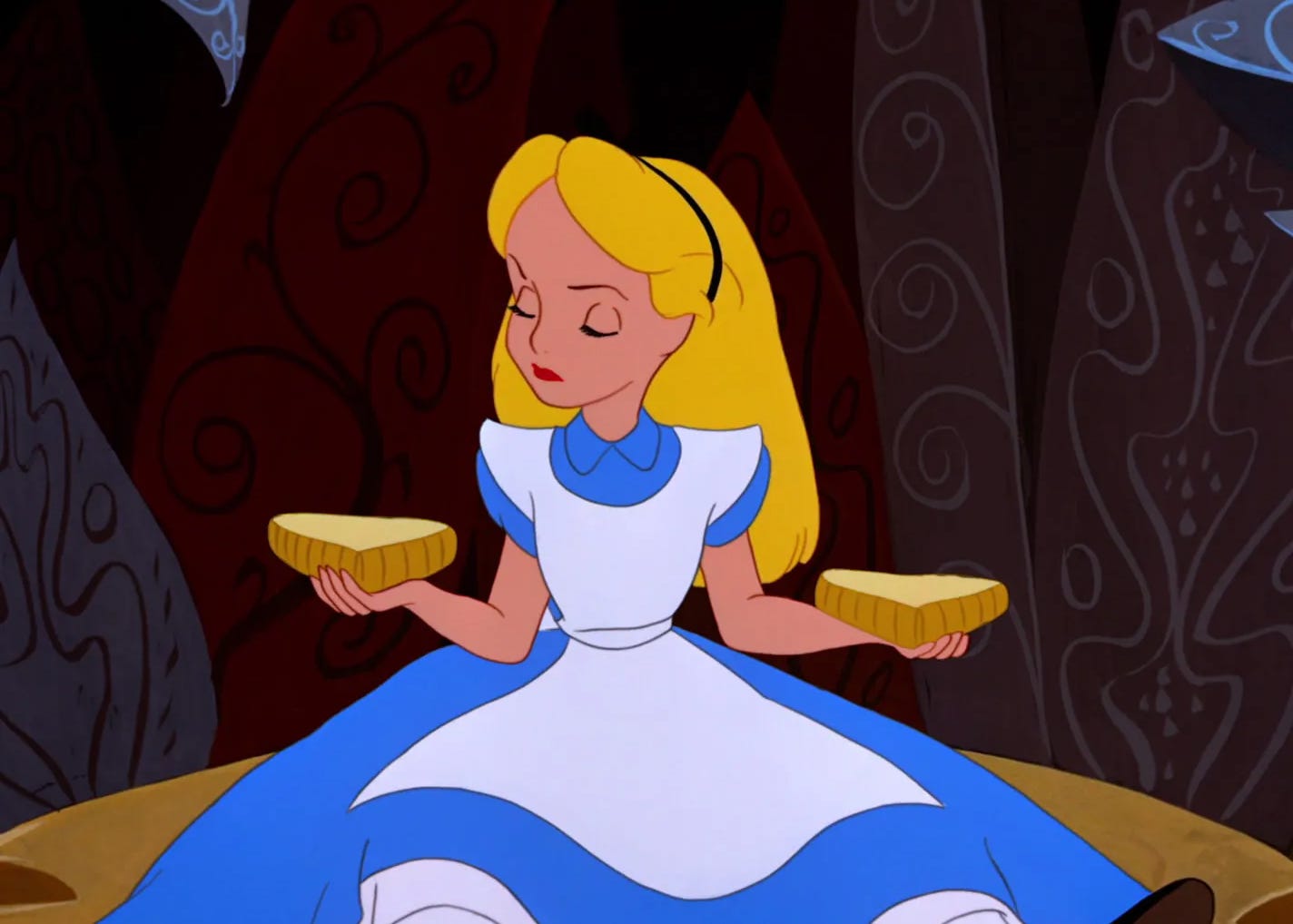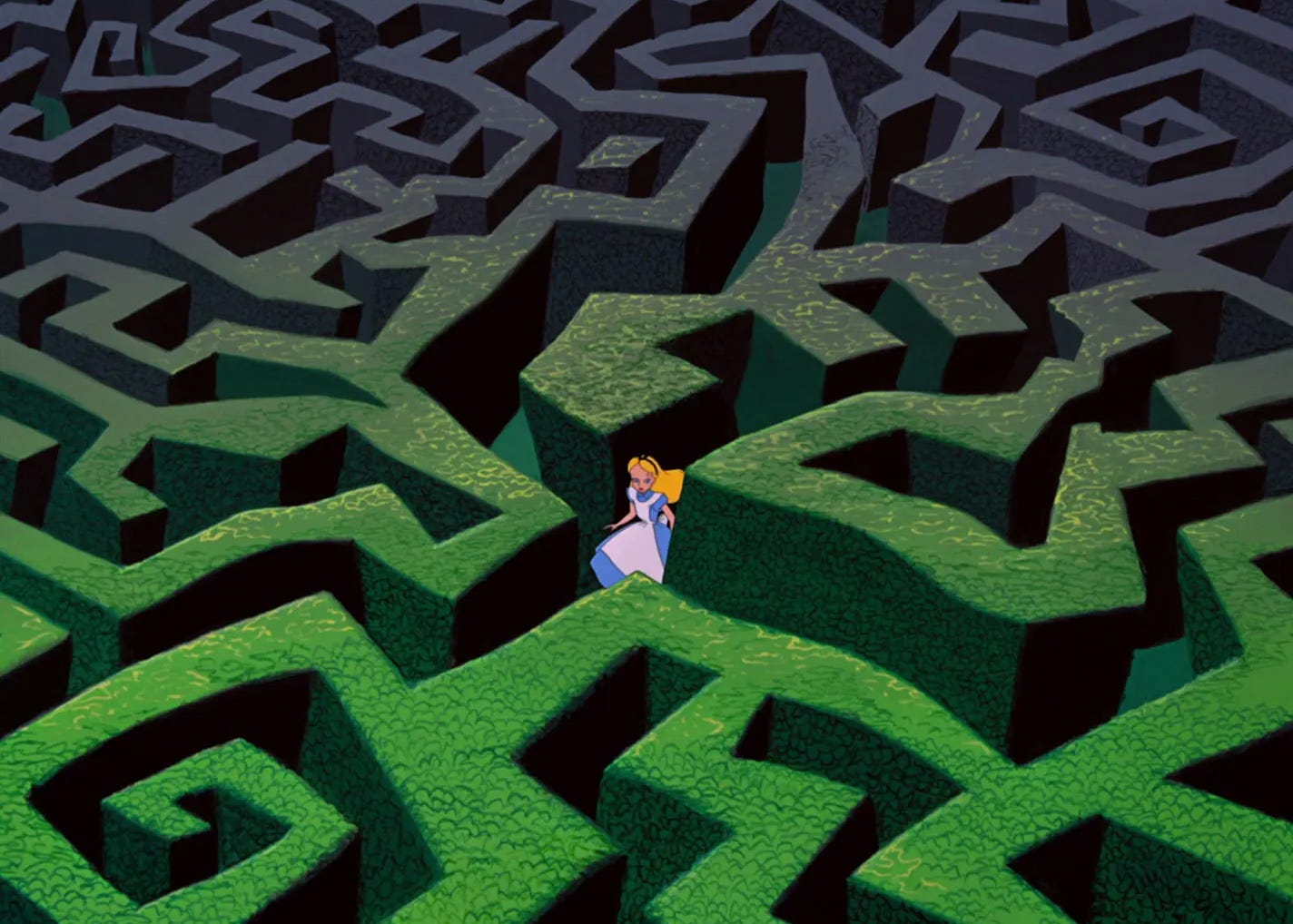How to get your intuition back on track
Unravelling the science, magic and mystery of your “gut feeling”
For years, I believed my intuition was broken.
When you’re a sensitive person, one who has wrestled with mental health challenges, it’s hard to know where intuition ends and everything else begins.
Is it really a flutter of universal knowing, nudging me in the right direction? Or is it anxiety, fear, or just the inevitable pairing of too much caffeine and a restless stomach?
We all carry beliefs borrowed from our parents, friends, and society. Untangling those layers to find your own gut feeling – your own intuitive truth – can feel impossible. Is this me, or is it someone else’s voice in disguise?
That’s something we should ask ourselves often. But let’s face it, we’re all masters of self-deception, even those who claim otherwise.
Only in hindsight can I see that countless times in my life I have said no to opportunities not because intuition whispered caution – that’s the comfortable lie – but because fear roared louder – the uncomfortable truth.
Fear of being seen. Fear of stepping out of my comfort zone. Fear of the unknown, masquerading as wisdom.
Lately, though, I’ve been wondering if my intuition is finally back online. After two years of monumental change – self-reflection, solo travels, adventures, facing up to some major fears and a rare stretch of being single (the longest since I was 16!) – something feels different. I like to think I’ve found my way back to that inner compass.
But what actually is intuition? And how do we use it to better serve us?
The science of intuition
I wouldn’t blame you for thinking intuition is a little woo-woo – a kind of sixth sense, elusive and maybe even mystical. But science tells us it’s something we can study, observe, and even name – though it remains a bit slippery at its edges.
In an interview with The Guardian, psychologist Joel Pearson (who has quite literally written the book on intuition) defines it as “the learned, positive use of unconscious information for better decisions or actions.” This unconscious information is the world around us – what we see, hear, and feel – absorbed without conscious awareness.
Pearson gives the example of stepping into a coffee shop. Your brain is quietly, constantly noting the scent of the air, the humidity of the space, the way people are arranged at the tables.
These micro-impressions mingle with past experiences and memories to form a gut feeling – a whisper of yes or no, stay or go. It’s subtle, automatic, and informed by far more than we could consciously ever track.
This is intuition according to science – a rich river of data we don’t even realise we’re always gathering and applying to our understanding of the world.
The Iowa Gambling Task: measuring intuition
If you look further into the science of intuition, you might be surprised by how often researchers have tried to define and measure something that feels so unmeasurable.
One of the most famous attempts is the Iowa Gambling Task, an experiment that turns a simple card game into an exploration of how we make decisions.
In the study, participants were given four decks of cards displayed on a screen. Their task was to flip cards one at a time, gaining or losing money with each turn.
The twist? Two of the decks offered big rewards but carried the hidden sting of equally big losses. The other two delivered modest but steady gains. No instructions were given to distinguish these patterns – participants had to rely on experience alone.
Here’s the fascinating part. Over time, most participants began to favour the safer decks, guided not by reasoning they could logically sound out, but by an undefined “gut sense.”
They couldn’t explain why they were drawn to certain cards, they just felt it. Is this intuition? Some scientists believe it is, and this experiment offers a glimpse into its mysterious mechanics.
What makes this study particularly intriguing to me is also what participants felt—not metaphorically, but physically. When reaching for a card from one of the riskier decks, measuring devices showed that their bodies reacted. A subtle stress response, like a change in skin conductance, was detected flickering through their systems.
These bodily signals, called “somatic markers,” seem to act as an internal compass, a barely perceptible nudge steering us away from harm before our conscious minds even catch on.
The fact that intuition may not be magic but biology doesn’t make it any less wondrous to me. The somatic marker theory suggests that intuition isn’t some vague mystical force – instead, it’s a deeply embodied sense, a primal whisper from the body to the brain, urging us to pay attention, to pause, to choose. Wisely.
Learning to trust your intuition
I love the idea that intuition might be an internal warning system. But I’ve had plenty of those signals turn out to be phantoms – not helping me, but hindering me. Luckily, Pearson offers ways to better use our intuitions, which can be condensed into the acronym SMILE:
S – Self-awareness
Start with self-awareness, especially of what’s going on with your emotions. Stress and strong feelings can easily distort intuition, turning it into thinking driven by fear. If you're overwhelmed, pause before trusting what feels like a "gut feeling."
M – Mastery
Mastery means building on experience. Intuition tends to work best when it’s rooted in learning and practice. For example, your instinct for choosing a great café to go to in your hometown may not work as well in a new country. Without prior experience, intuition might falter.
I – Impulses
Impulses and cravings can often look and feel a lot like intuition. We should do our best to separate them and not listen to them. That irresistible pull toward something isn’t your gut – it might be a reflex or a habit.
L – Low probability
Our brains struggle with probability. We might interpret random events as intuition, like dreaming of a plane crash before hearing about one in the news. True intuition is grounded in reality, not unlikely scenarios or coincidences.
E – Environment
Context matters. Intuition thrives in familiar, predictable environments where we can draw on past knowledge. In unfamiliar settings – like a new culture or city – it’s better to rely on research and observation than pure instinct.
This is how Pearson wraps meaning around intuition and presents a method for honing it. It makes sense to me. I already try my best to do many of these practices to tame my own wild mind and make decisions – without realising it’s also strengthening my intuition. But it can feel overwhelming, like constantly attending to a plant that wants to grow in all of the wrong directions.
Stop trying to force it
That’s why, alongside these steps, I’ve recently found comfort in how some great minds describe intuition.
They often conclude that it’s less about a process or cultivation, and more about uncovering. It got me thinking that maybe intuition isn’t something you develop – it’s something you uncover, waiting just below the surface, beneath the noise, all along.
To invite it in, we need silence. As Anne Lamott wrote in Bird by Bird, “You get your intuition back when you make space for it, when you stop the chattering of the rational mind.”
To trust it, we need courage. Steve Jobs once said, “Don’t let the noise of others’ opinions drown out your own inner voice [...] have the courage to follow your heart and intuition. They somehow already know what you truly want to become.”
And to embrace it, we might even need surrender. In The Alchemist, Paulo Coelho calls it “a sudden immersion of the soul into the universal current of life.”
So perhaps intuition is not a skill to be mastered but a state to instead be reclaimed – through silence, trust, and a willingness to be carried by those currents of life, trusting the flow wherever it may take us.








Another great piece, Becca! I can relate to that feeling of losing your intuition. When people would say “trust your gut”, I got so confused about what my gut was saying as it was obscured by so many other thoughts, fears, habitual reactions etc. Only now in my 40s can I get a bit quieter and connected with that feeling. It’s taken a lot of time and work! Love the framework you put forward here too. Steve Biddulph (an Australian author) has just released a book (I’m yet to read it but it’s on my list) called Wild Creature Mind where he talks about connecting with this more intuitive part of our brain in a science-based way.